Hydraulic disc brakes are ideal for fat tire e-bikes because they deliver superior stopping power, precise modulation, and consistent performance in all weather conditions. Their sealed fluid system resists dirt and moisture, reducing maintenance needs and ensuring durability. These features are essential for the heavy weight and diverse terrains fat tire e-bikes encounter, providing riders with enhanced safety, control, and confidence.
How Do Hydraulic Disc Brakes Provide Superior Stopping Power on Fat Tire E-Bikes?
Hydraulic disc brakes use fluid pressure to amplify the braking force applied at the lever, resulting in stronger and more consistent stopping power compared to mechanical brakes. This is critical for fat tire e-bikes, which are heavier and often ridden at higher speeds. The increased braking efficiency allows riders to stop quickly and safely, even on steep descents or slippery surfaces like snow and mud.
Chart: Stopping Power and Effort Comparison
| Brake Type | Stopping Power | Hand Effort Required | Performance in Wet Conditions |
|---|---|---|---|
| Hydraulic Brakes | Superior | Low | Excellent |
| Mechanical Brakes | Moderate | Higher | Reduced |
What Makes Hydraulic Disc Brakes More Precise and Comfortable?
Hydraulic systems offer smooth and precise modulation, allowing riders to finely control braking force. This improved modulation helps maintain traction and prevents wheel lockup, especially important on loose or uneven terrain common for fat tire e-bikes. Additionally, hydraulic brake levers require less hand effort, reducing fatigue during long rides or frequent braking.
Why Are Hydraulic Disc Brakes More Reliable in All Weather Conditions?
Unlike mechanical brakes, hydraulic disc brakes are sealed systems that keep out dirt, water, and debris. This protects the internal components from contamination, ensuring consistent braking performance in rain, mud, snow, or dust. Their reliability in adverse conditions enhances rider safety and confidence regardless of the environment.
How Do Hydraulic Disc Brakes Reduce Maintenance and Increase Durability?
Hydraulic brakes have fewer exposed moving parts and self-adjust automatically as brake pads wear, minimizing the need for frequent tuning or cable replacements. Their sealed fluid system resists corrosion and contamination, extending component lifespan. This durability is especially beneficial for fat tire e-bikes, which often face rugged terrain and heavy use.
Why Are Hydraulic Disc Brakes Essential for High-Performance Fat Tire E-Bikes Like TST EBike?
TST EBike equips its fat tire models with hydraulic disc brakes to match the power and weight of their 1300W motors and wide tires. These brakes provide the stopping power and modulation needed for safe, confident riding on snow, sand, and mountain trails. Combined with durable frames and high-capacity batteries, hydraulic brakes help TST EBike deliver reliable, high-performance ebikes suited for demanding conditions.
Buying Tips
When choosing hydraulic disc brakes for a fat tire e-bike, consider:
- Opt for models with 4-piston calipers for stronger braking power.
- Check for compatibility with your bike’s tire size and frame.
- Look for brands with good heat dissipation to prevent brake fade.
- Ensure the system uses quality mineral or DOT brake fluid.
- Consider ease of maintenance and availability of replacement parts.
- Test brake modulation and lever comfort during a test ride.
These tips help you select hydraulic brakes that offer safety, comfort, and durability for your fat tire e-bike.
TST EBike Expert Views
“Hydraulic disc brakes are critical for fat tire e-bikes, providing the powerful, consistent stopping force needed to control heavier bikes on challenging terrain. Our models use advanced hydraulic systems paired with wide tires and strong motors to ensure riders experience smooth modulation, reduced hand fatigue, and reliable braking in all conditions.” – TST EBike Product Specialist
FAQ
Are hydraulic disc brakes better than mechanical brakes on fat tire e-bikes?
Yes, hydraulic disc brakes offer stronger, smoother, and more reliable stopping power with less maintenance.
Do hydraulic disc brakes work well in wet or muddy conditions?
Absolutely, their sealed system keeps contaminants out, maintaining braking performance in all weather.
Are hydraulic disc brakes harder to maintain?
They require less frequent adjustment but may need occasional fluid bleeding, which is straightforward with proper tools.
Can hydraulic disc brakes reduce hand fatigue on long rides?
Yes, they require less lever force, making braking more comfortable over extended periods.
Hydraulic disc brakes uniquely combine power, precision, and durability, making them the ideal braking system for fat tire e-bikes. With models like those from TST EBike, riders gain enhanced safety and control across all terrains and conditions.

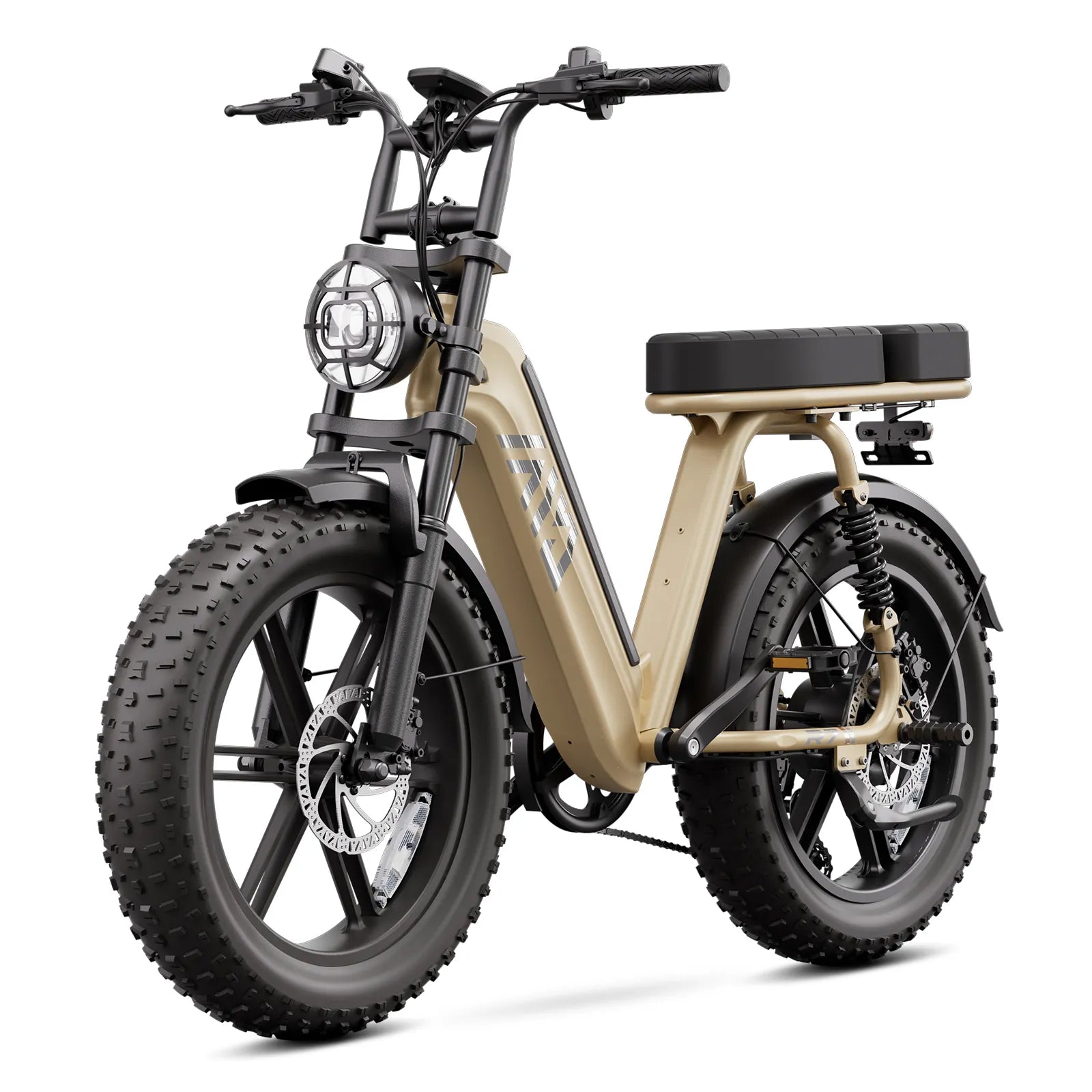
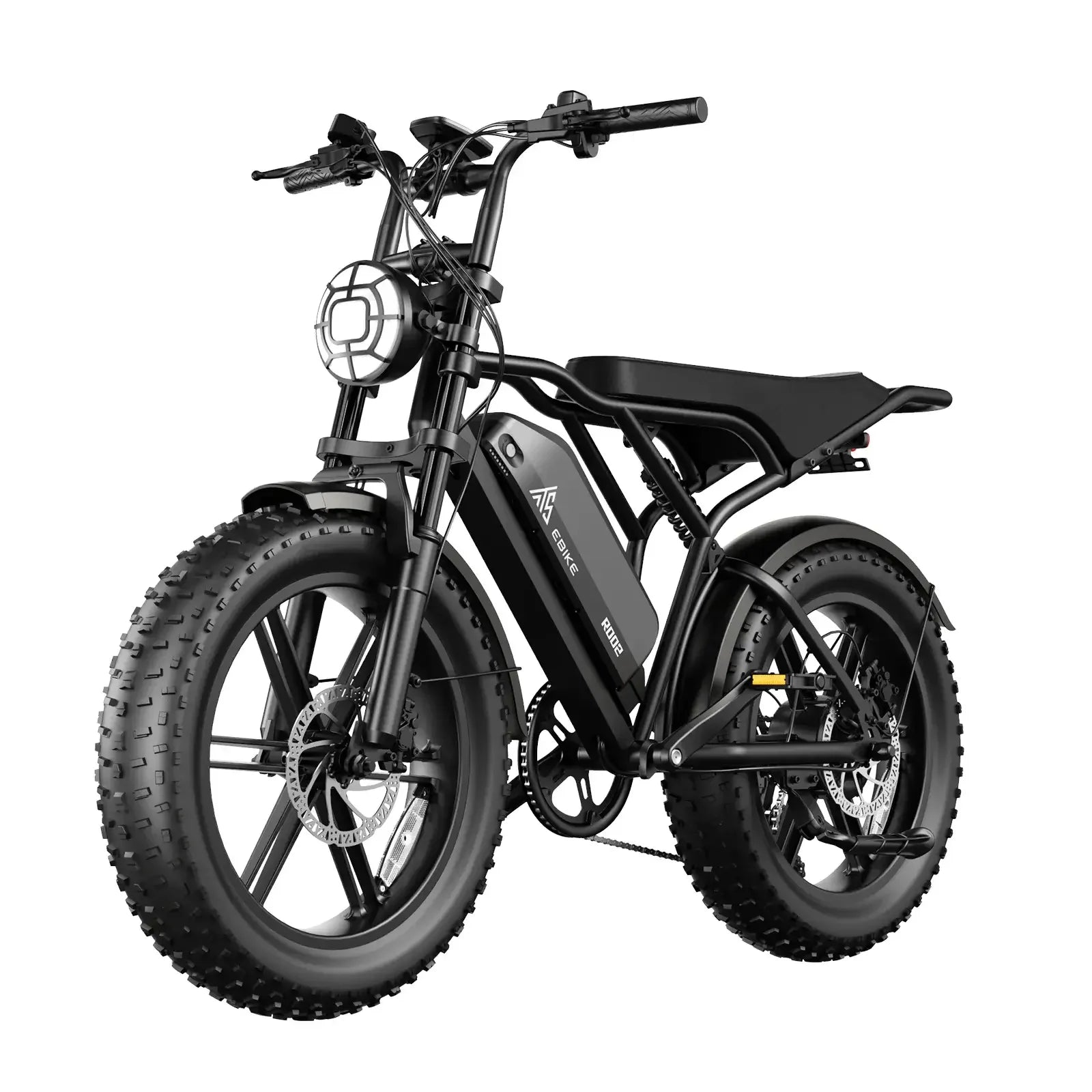

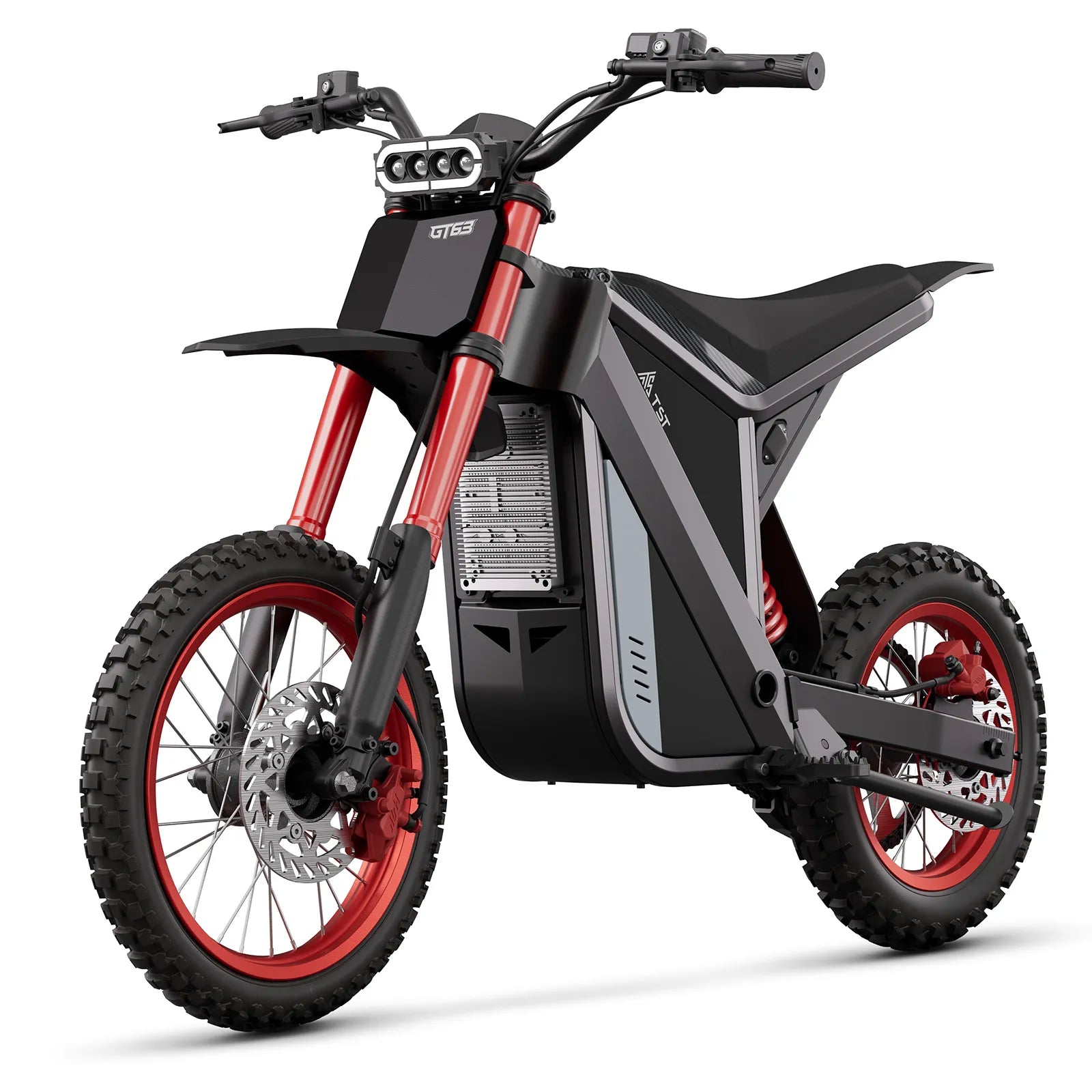
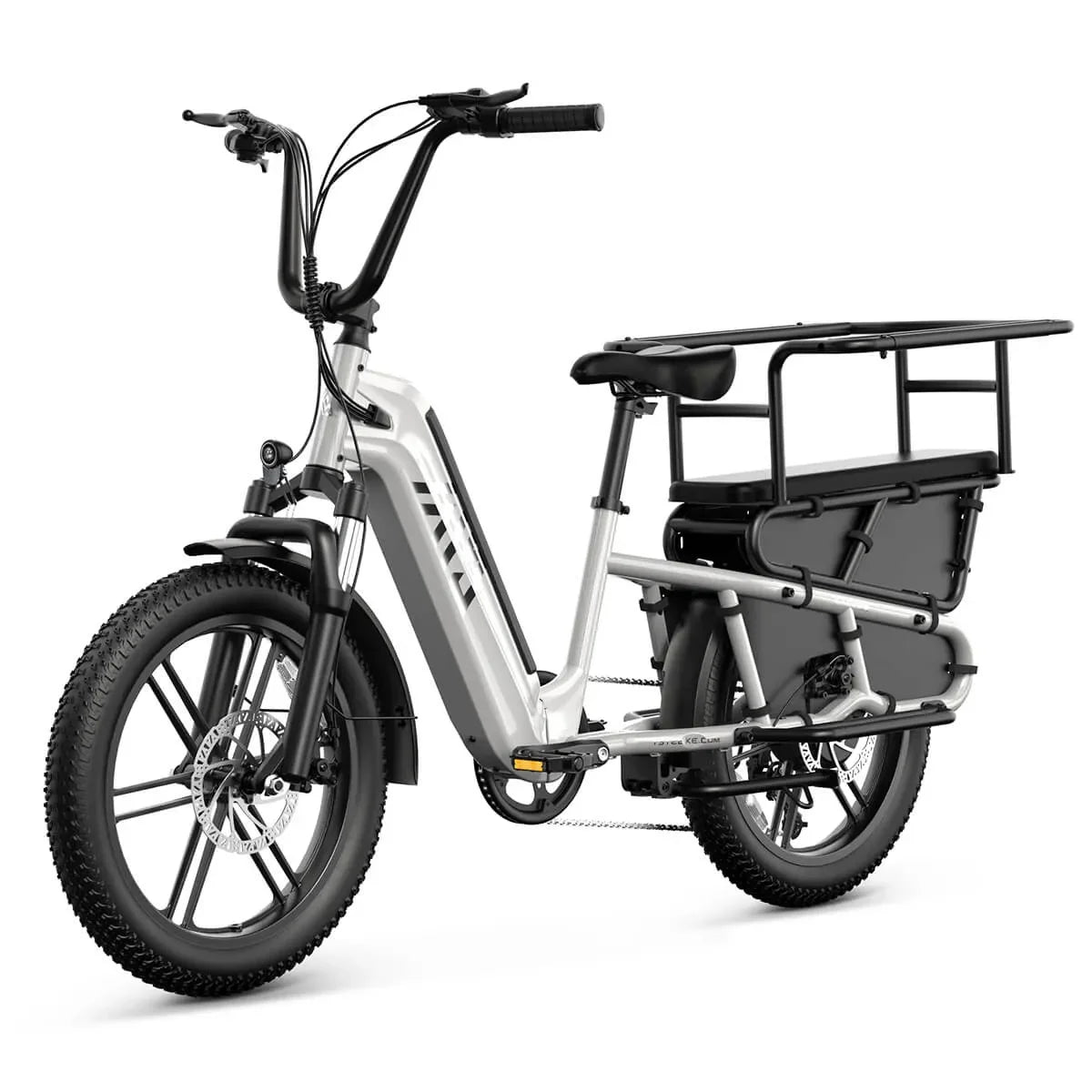
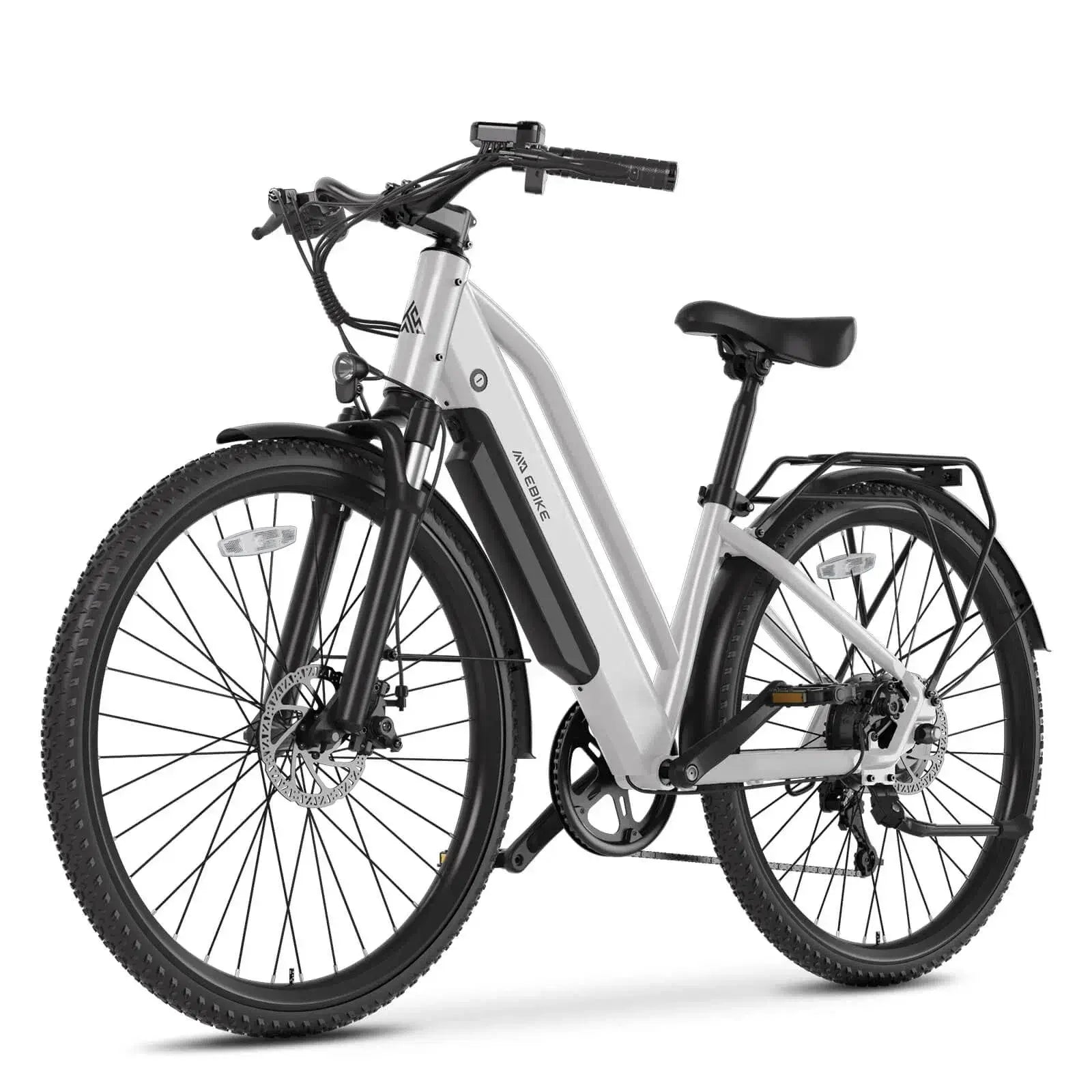
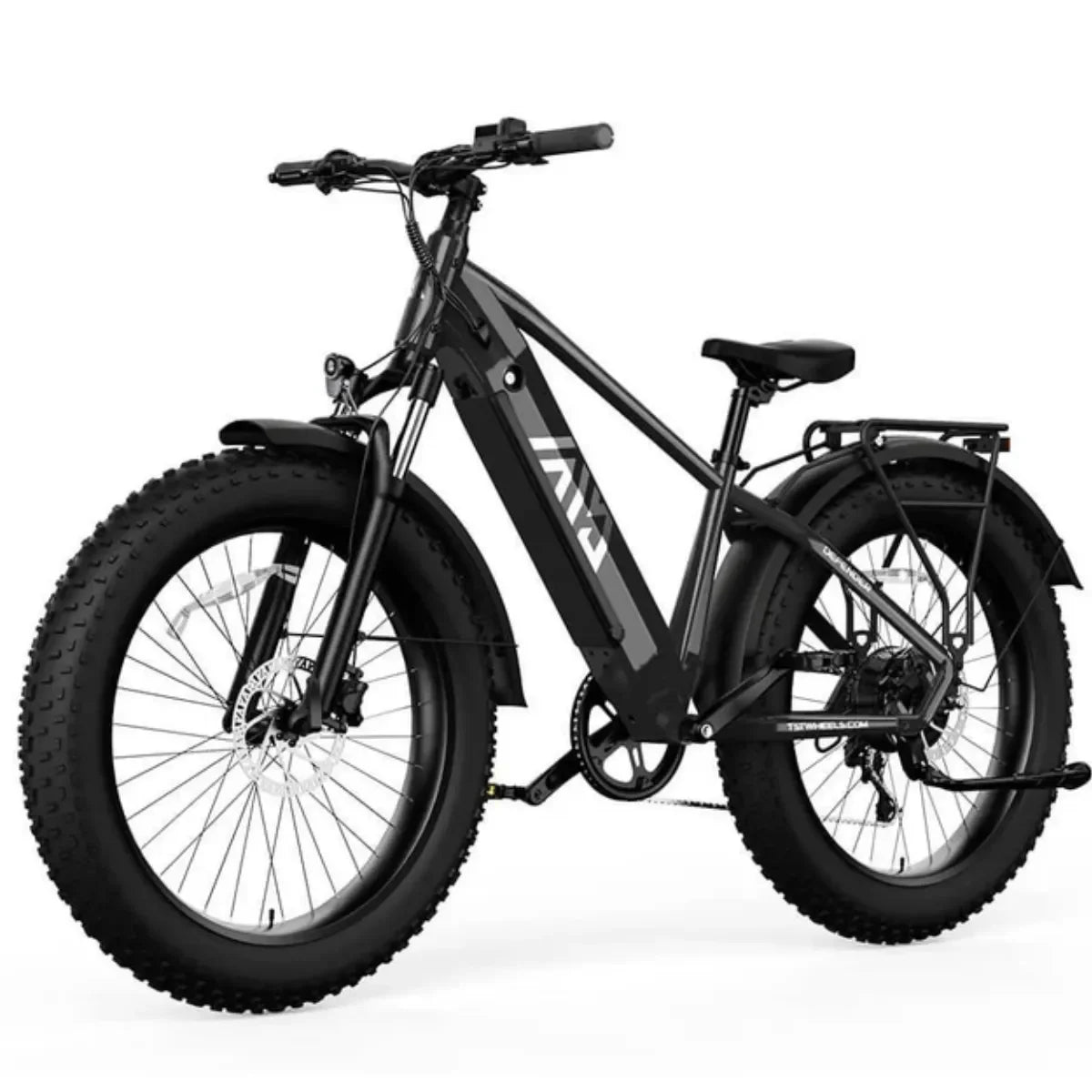
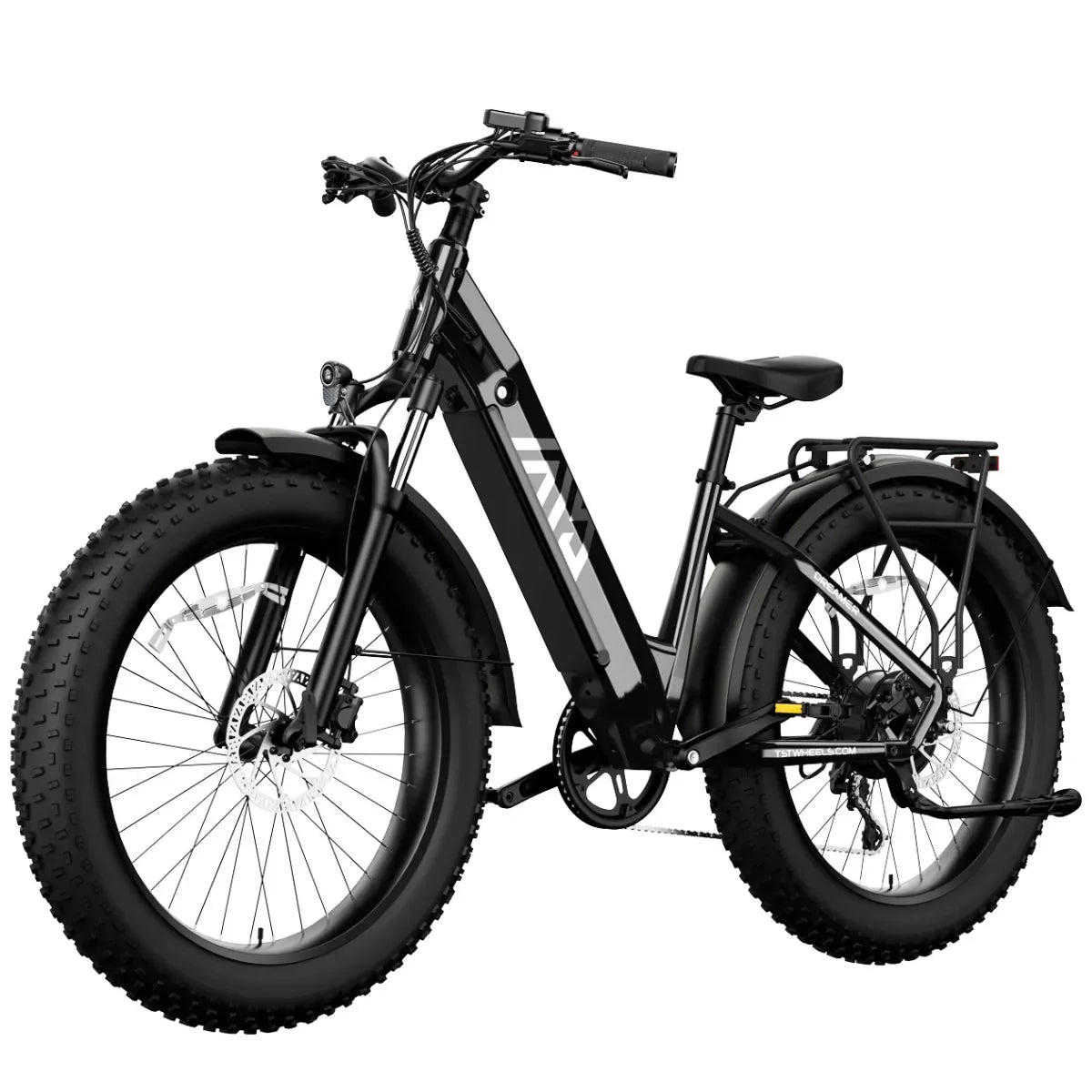

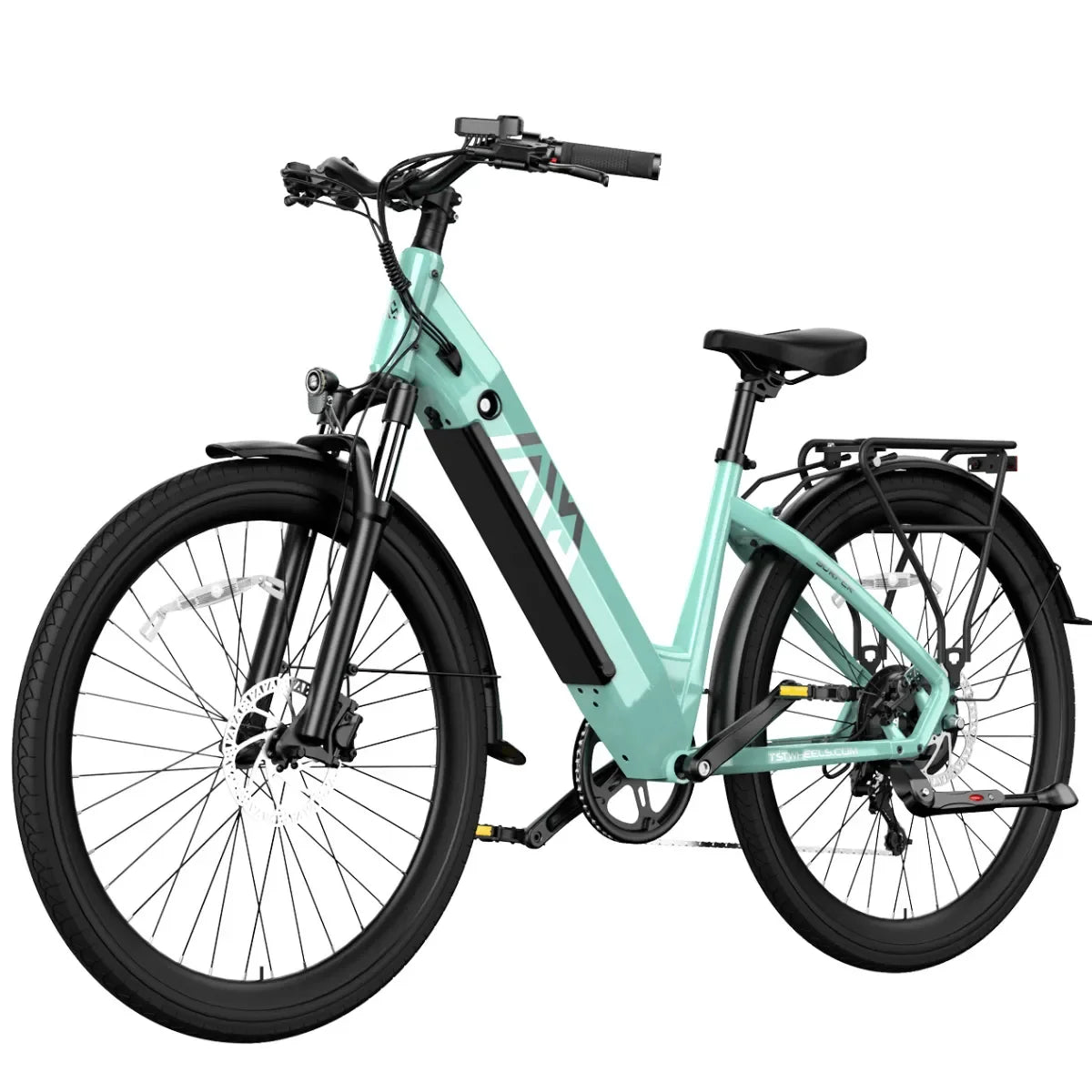
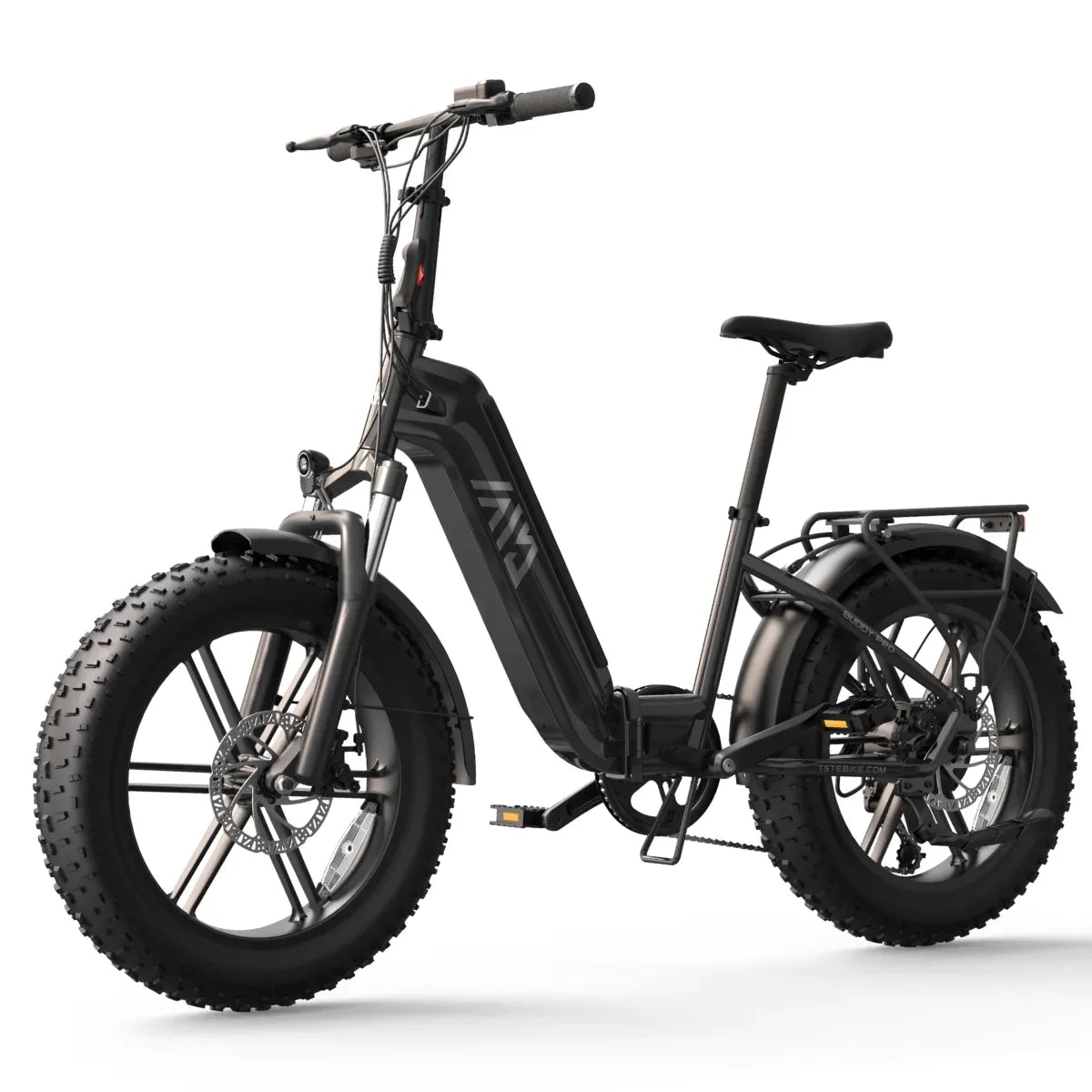
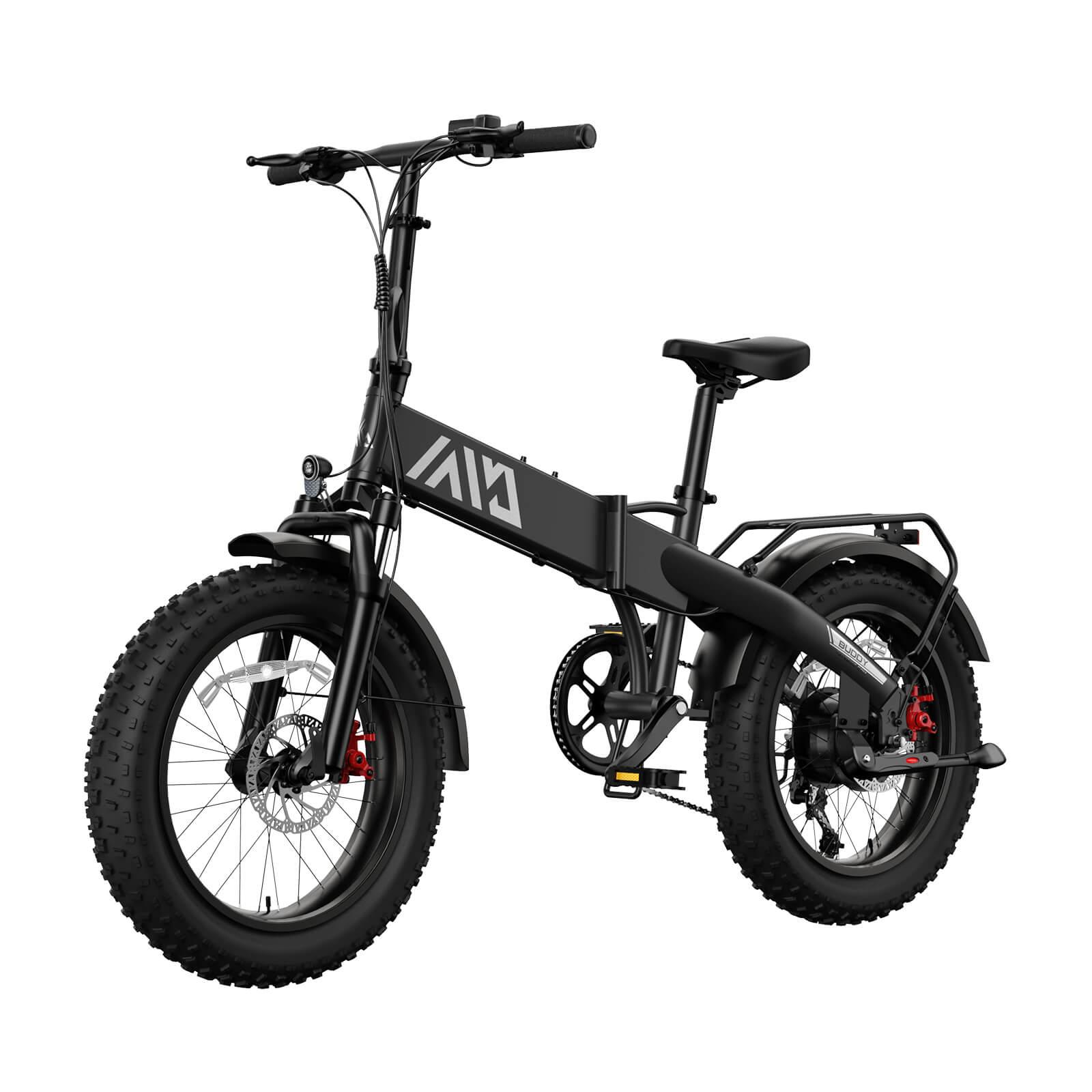
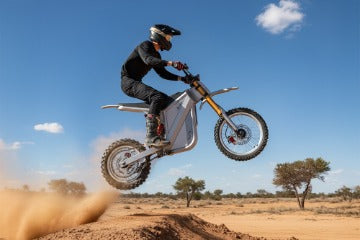
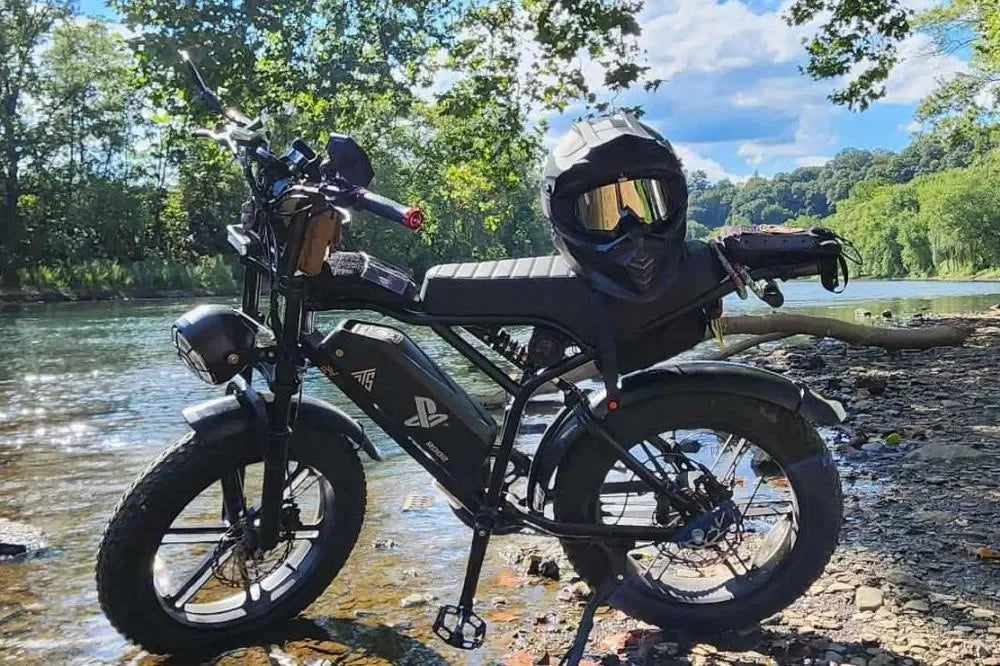
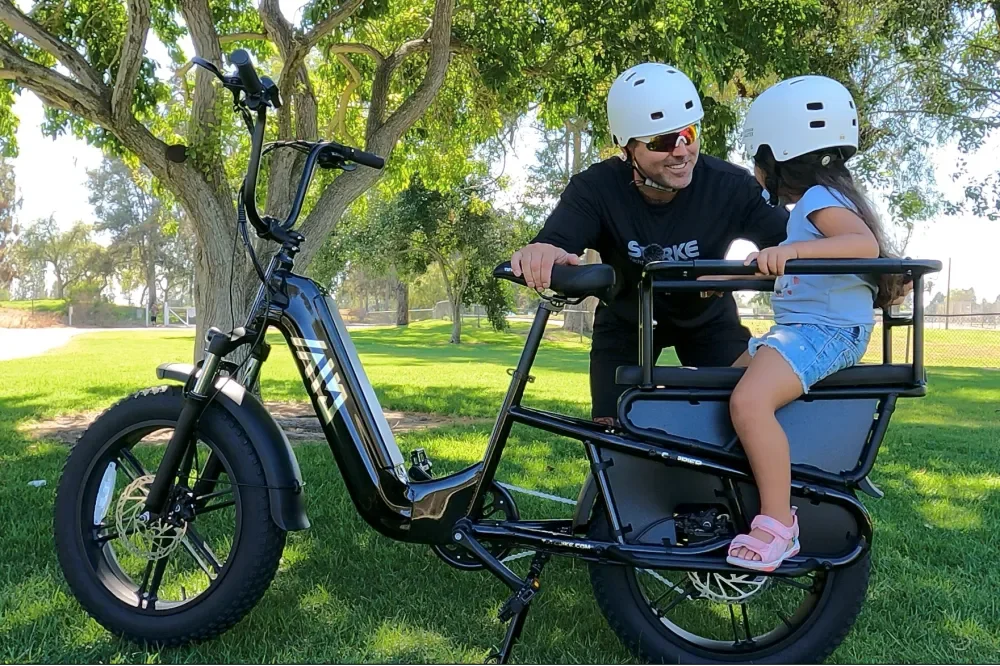
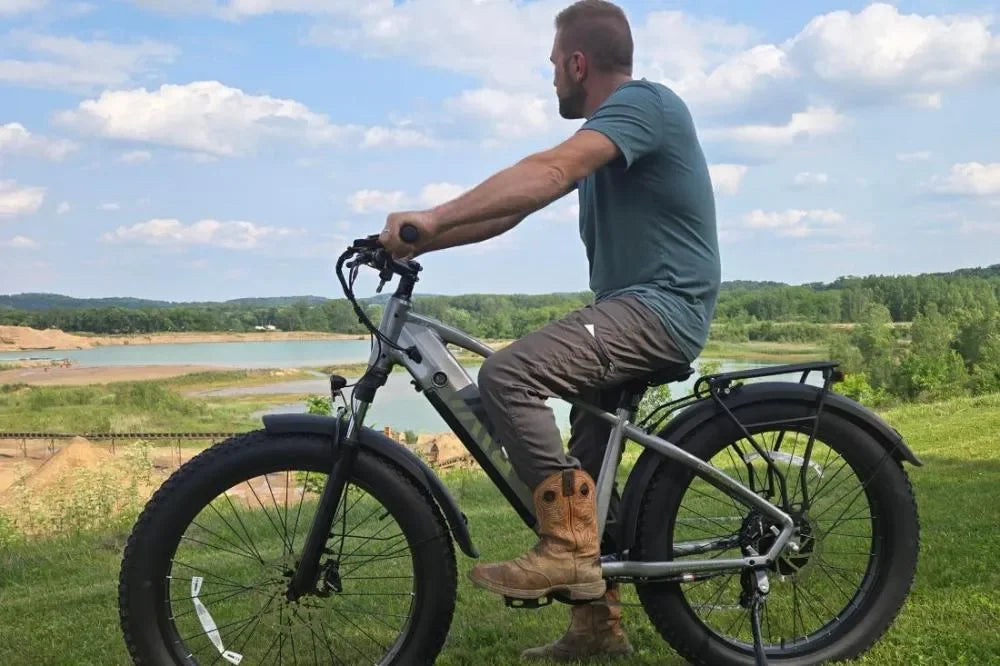
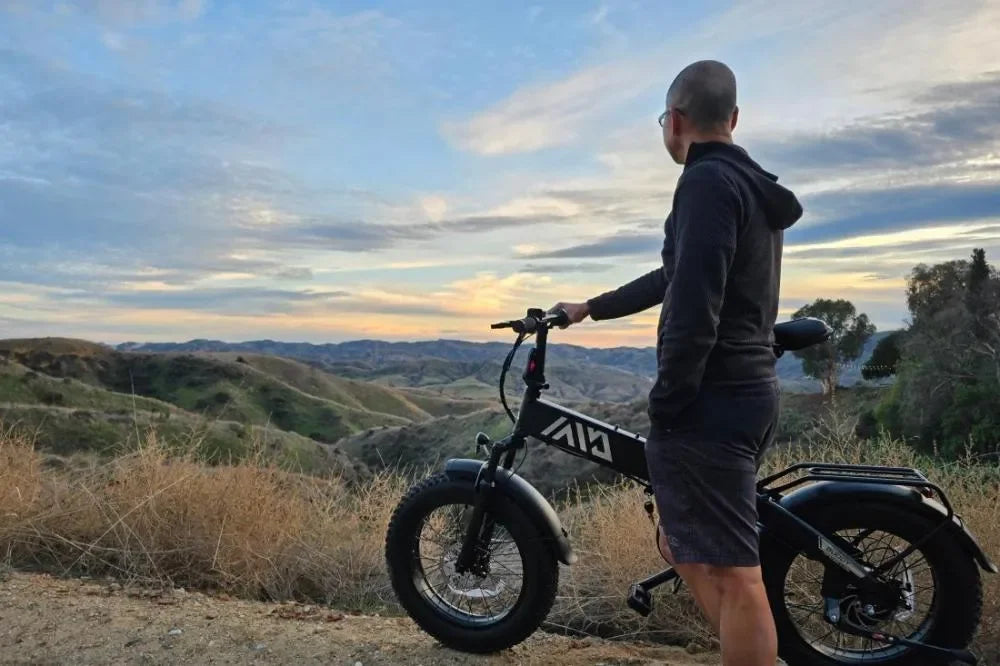
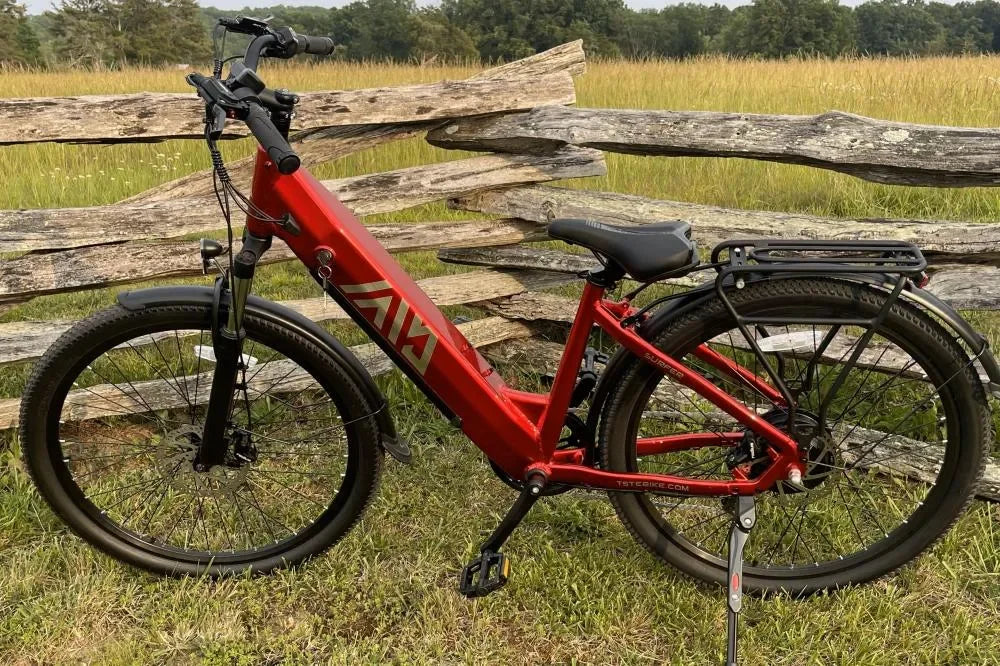
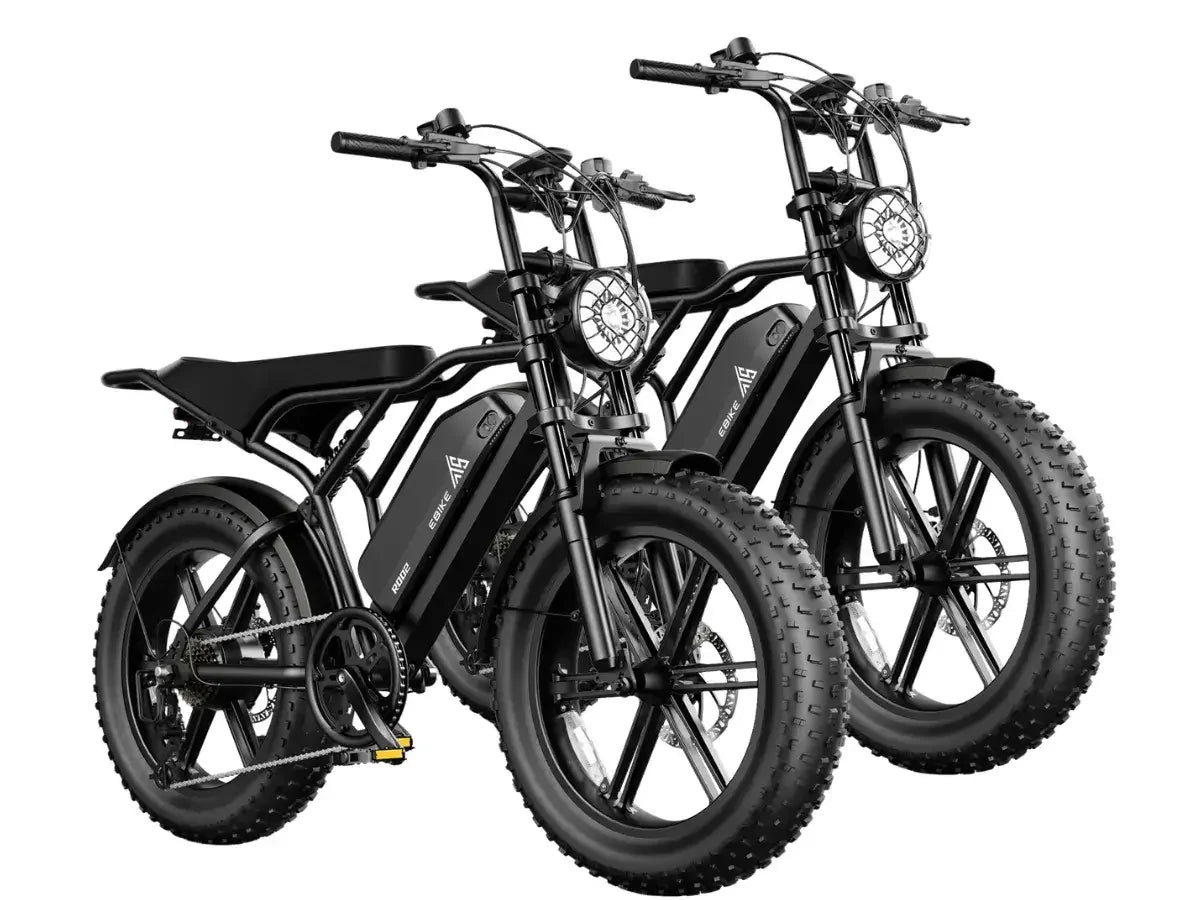
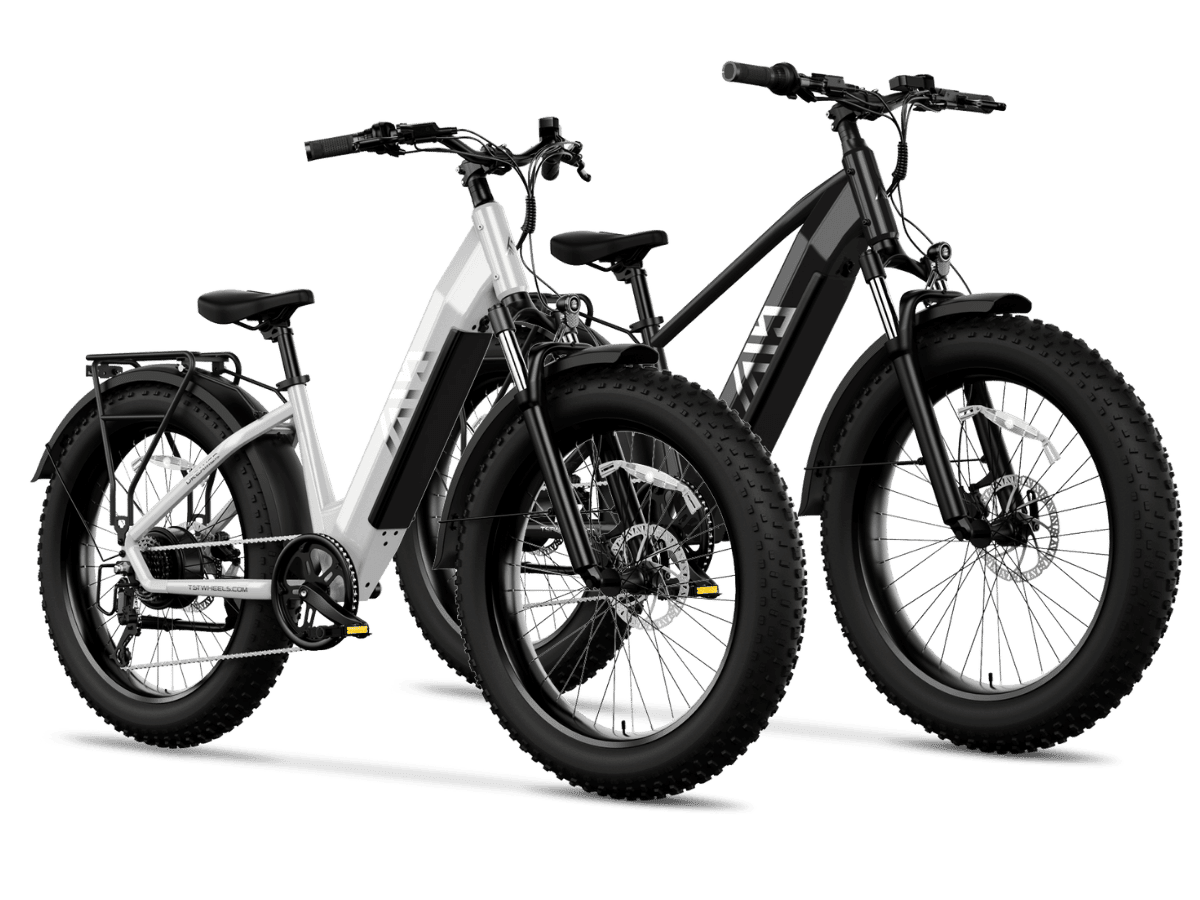
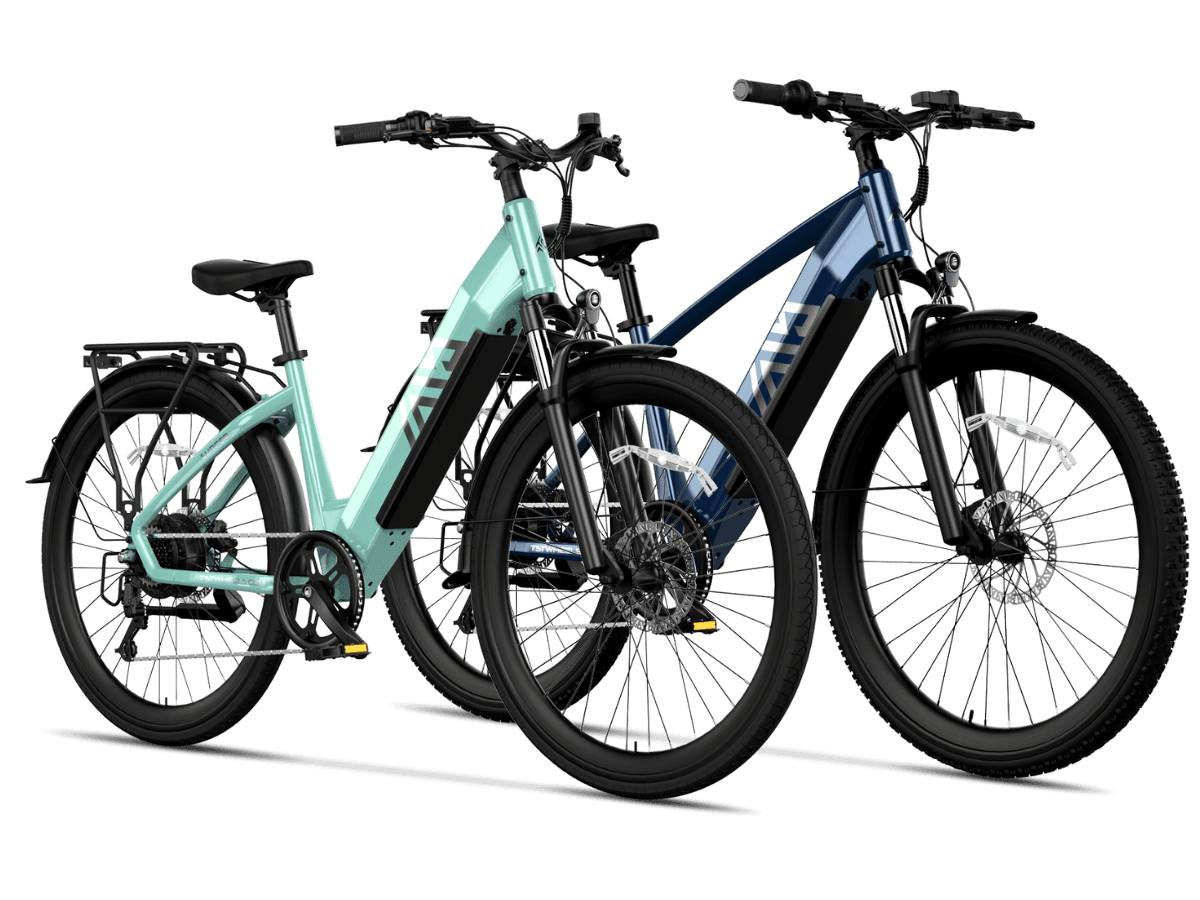
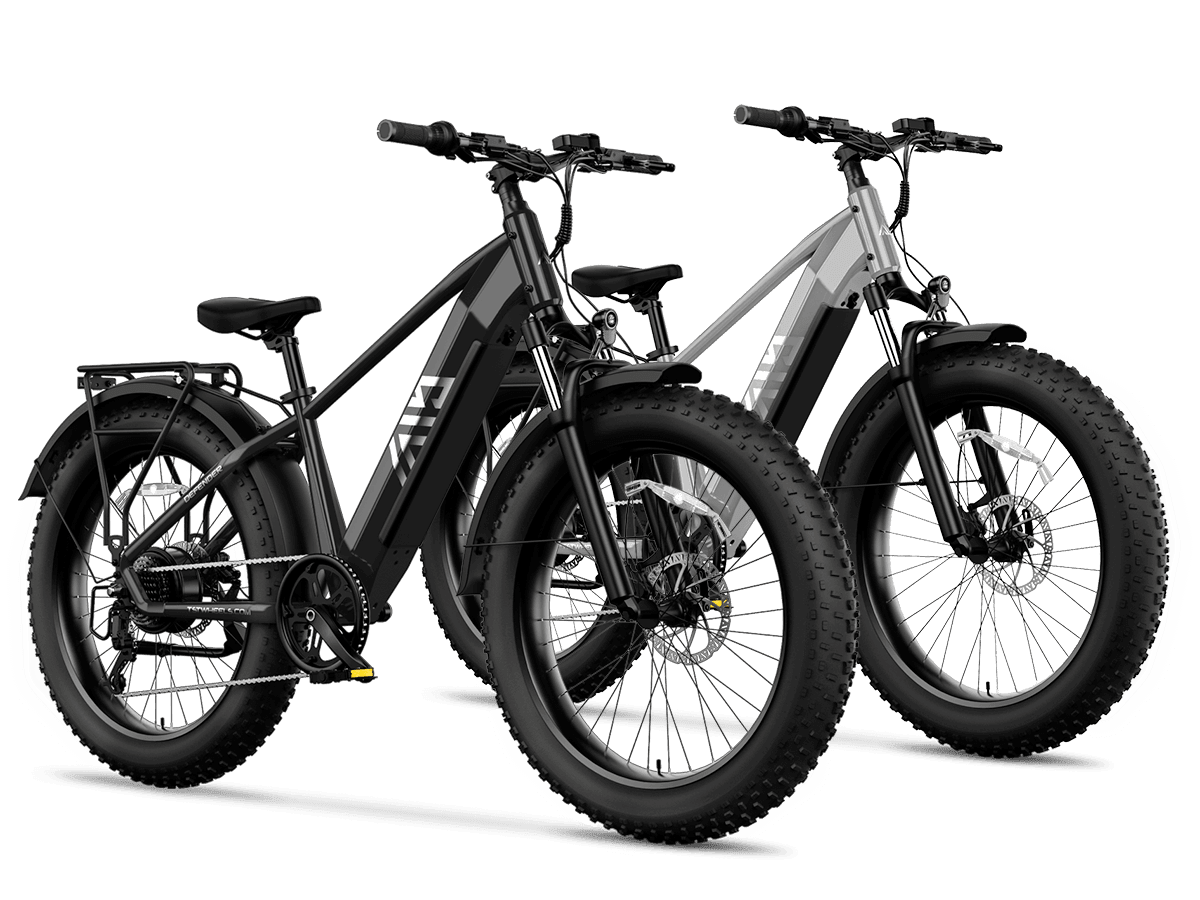
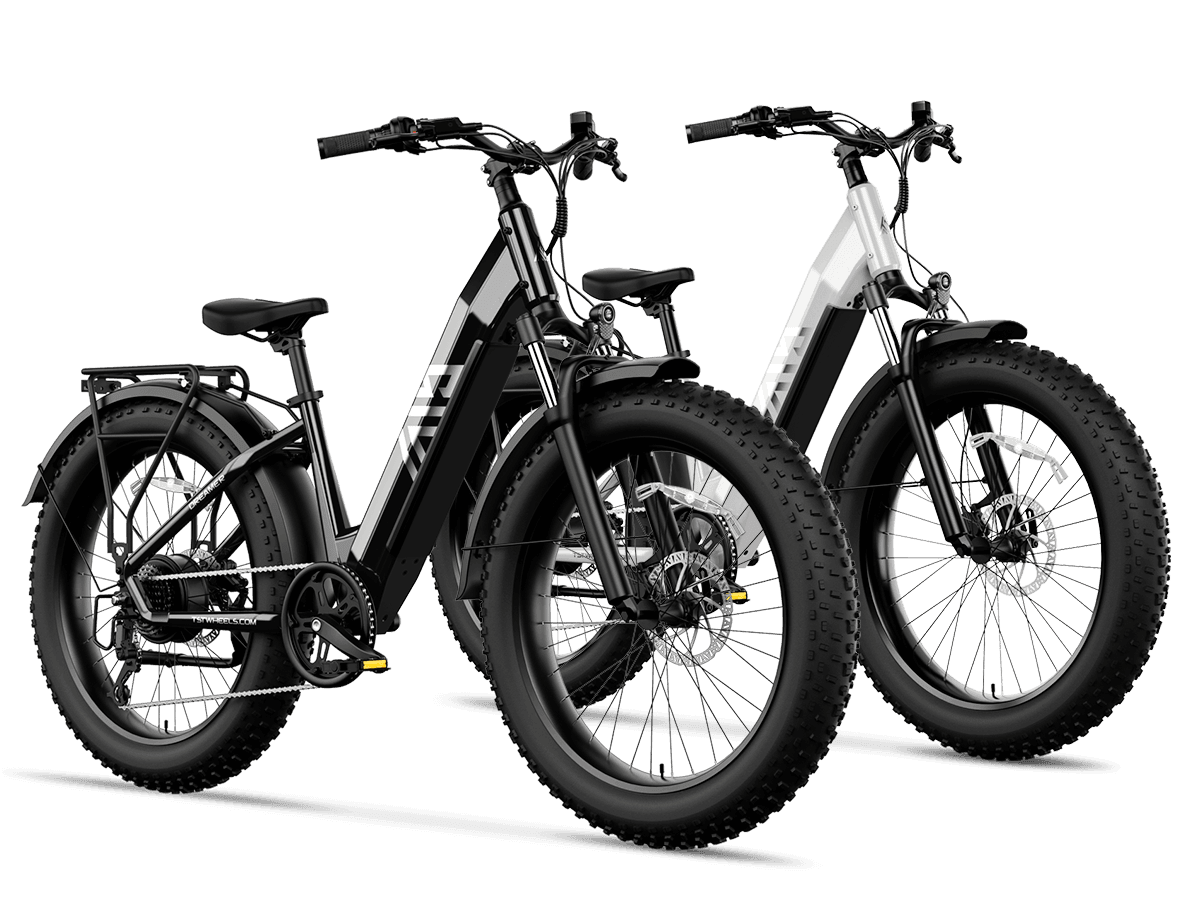
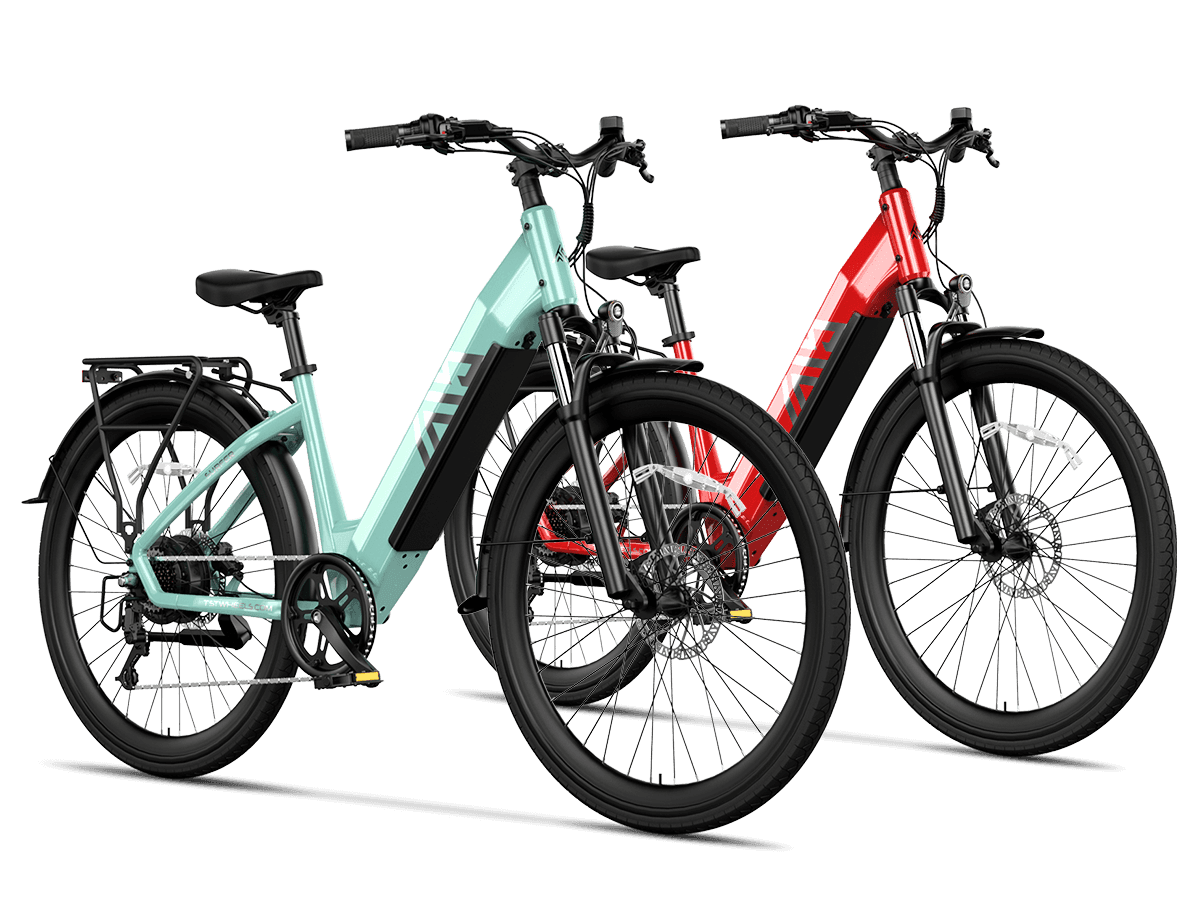
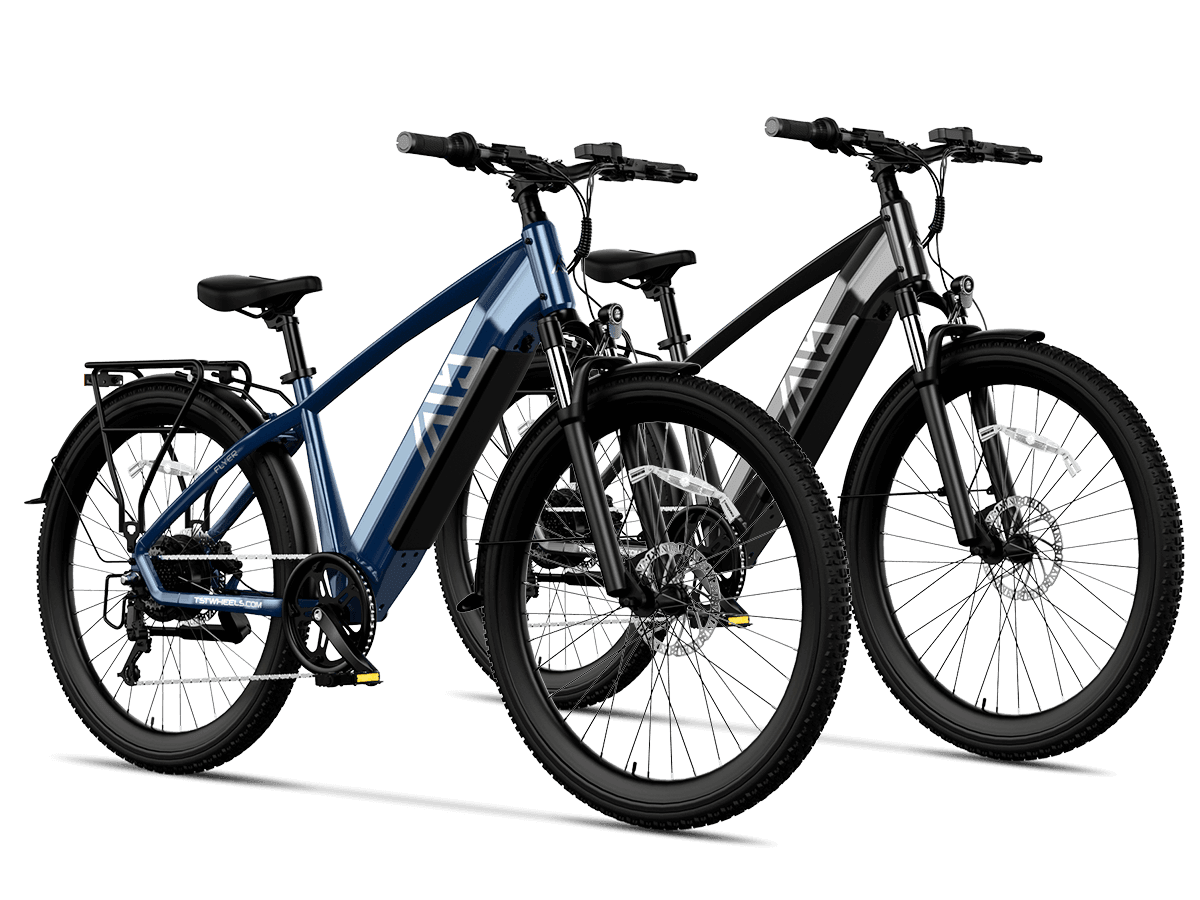
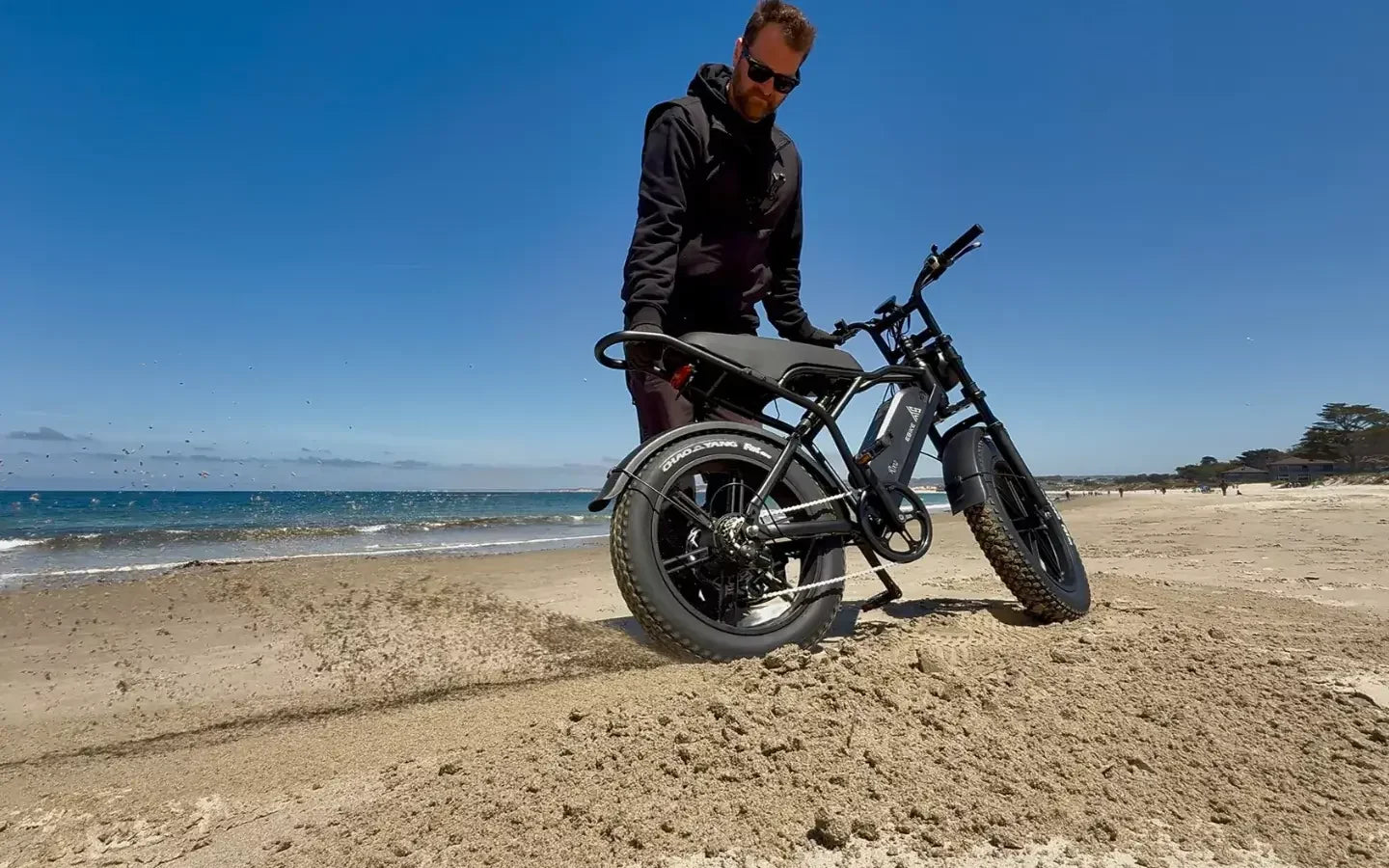
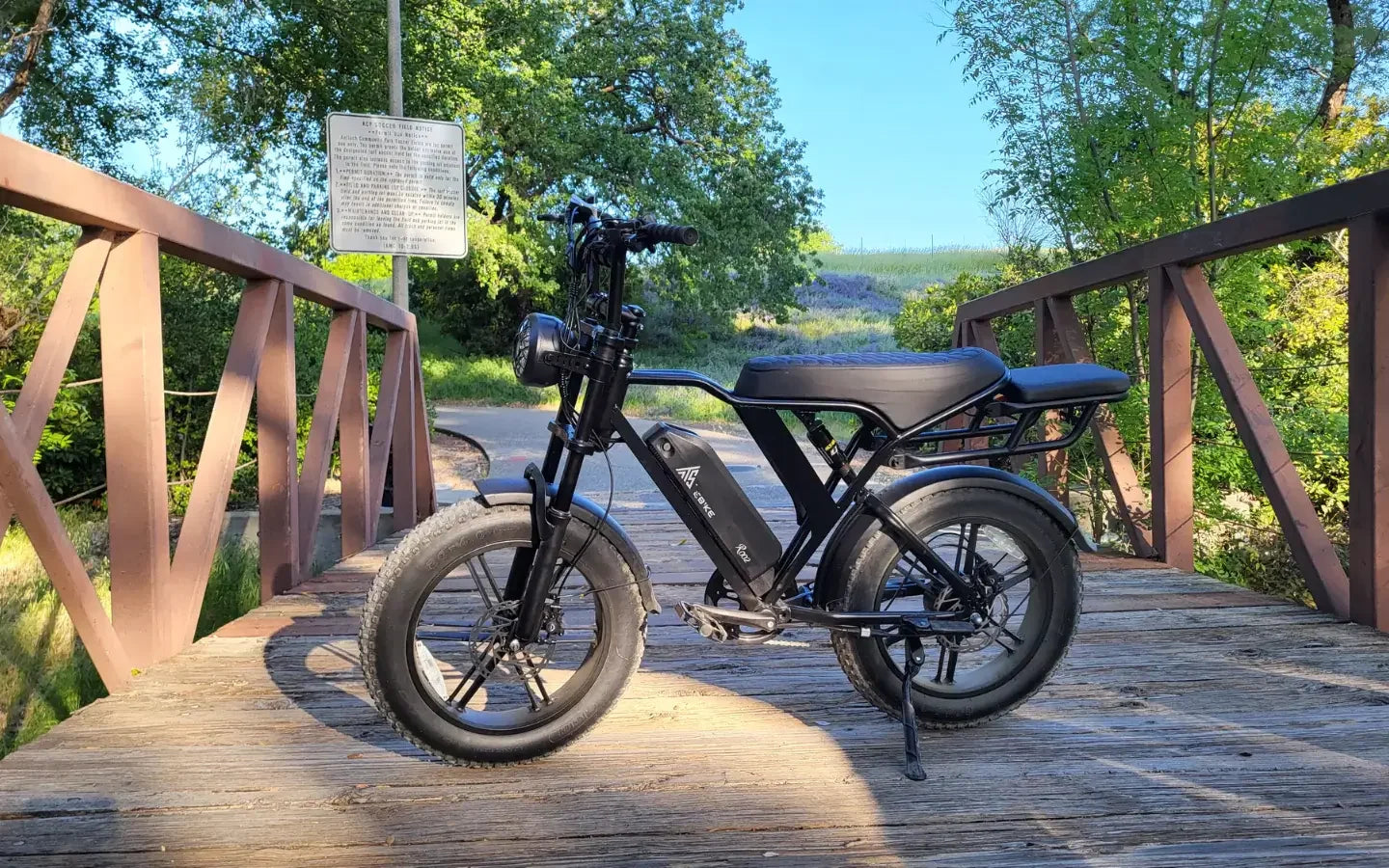
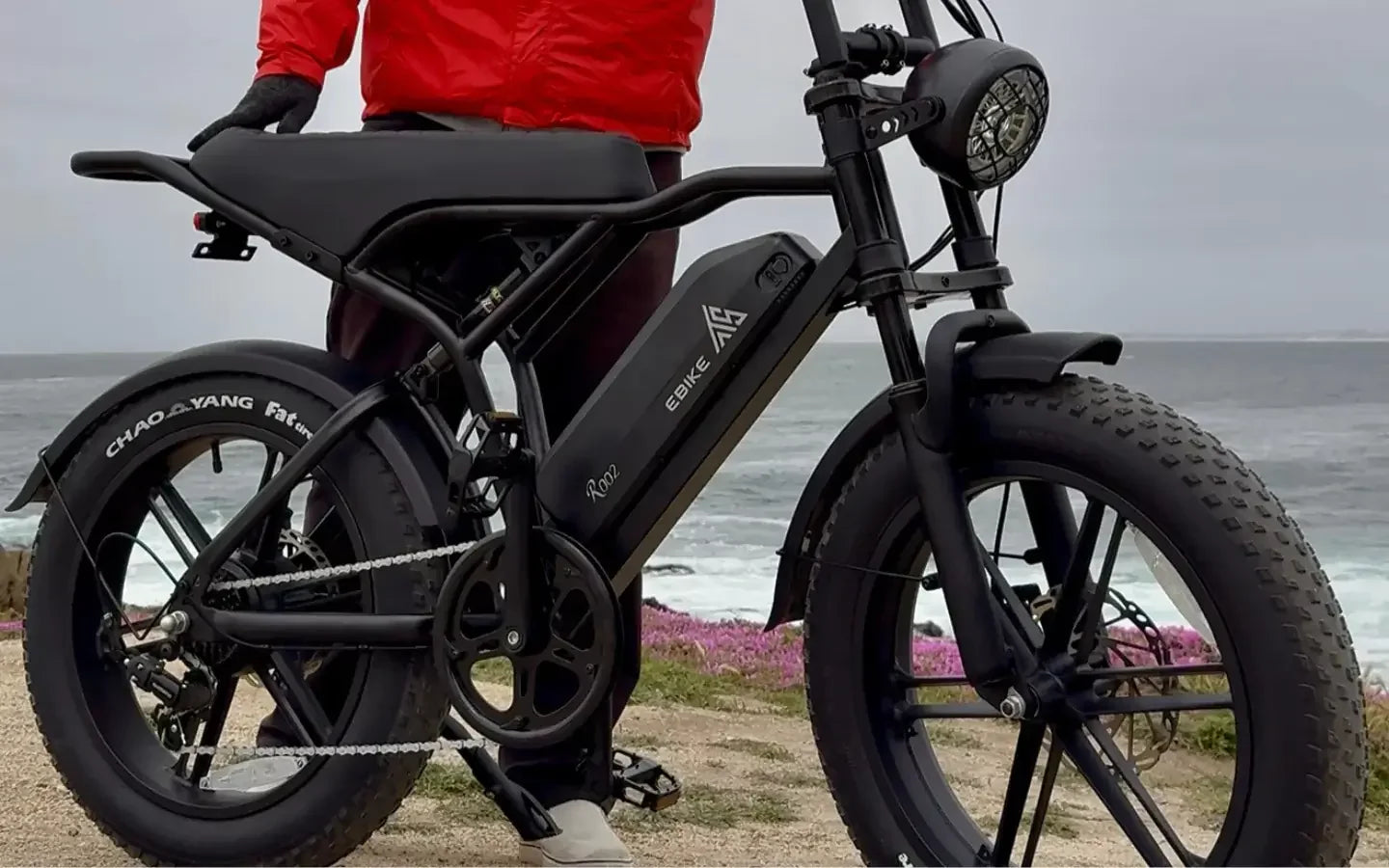
Leave a comment
This site is protected by hCaptcha and the hCaptcha Privacy Policy and Terms of Service apply.